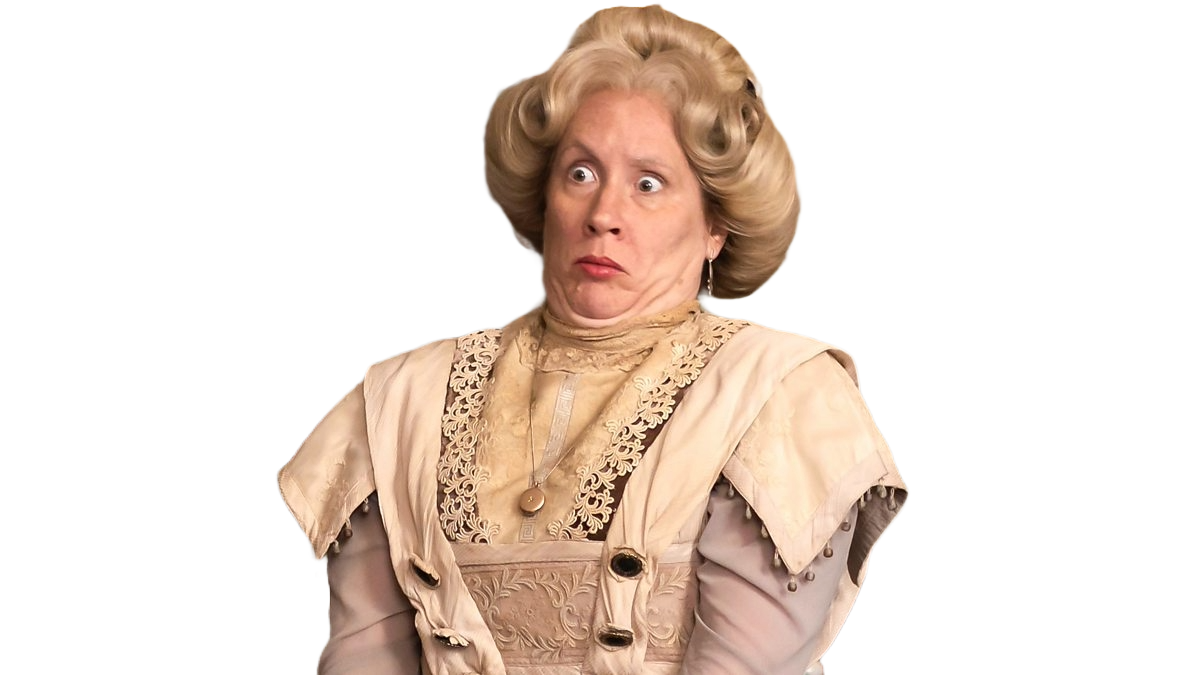This very special week involved four main characters. The First, the fair Geraldine (Elizabeth Fitzgerald, Countess of Lincoln), moved into West Horsley Place in 1547 with her husband Sir Anthony Browne. He died in the following year, leaving his great wealth and many manors to his son, also Anthony Browne, but specifying that Geraldine should have a lifetime right to live at Horsley.
This good fortune brings in the second character. He is Edward Clinton, who in 1552 became Geraldine's second husband. An immensely successful man, now head of the navy (Lord Admiral of the Fleet), he owned vast estates in distant Lincolnshire.
It greatly suited him to have a country seat so close to London, and the availability of this house gave him and Geraldine an ambitious idea which brings in the third character. Geraldine was a cousin and close friend of Queen Elizabeth, who had inherited the throne in the previous year, 1558. The Clintons conceived the bold idea of inviting the queen and her courtiers to spend a week at West Horsley. The invitation was accepted.


The acceptance immediately involved Clinton in detailed planning and great expense, in which he needed the help of the fourth central character, Sir Thomas Carwarden. Thanks to the patronage of Henry VIII he had risen rapidly from humble beginnings (his father was a London tradesman, a fuller) to great wealth and prestige. He possessed many manors, in his main one, Bletchingley, employing more than a hundred servants. And Henry had put him in charge of the many different departments responsible for royal festivities. His exalted position is aptly described in his new full title- Master of the King's Pavilions, Halls and Tents and Master of the Revels and Masques. This was usually abbreviated to Master of the Tents and Revels. Henry had also given him several of the buildings in the large Dominican priory in Blackfriars that had been dissolved by Wolsey. It was in his Blackfriars premises that Cawarden housed the pavilions, costumes and props required for royal masques and the workshops for the craftsmen restoring or making new ones.
Clinton himself paid all the costs of entertaining the Queen and her favourite courtiers for six days. At Horsley he needed to erect a banqueting house in the grounds, an essential feature on any occasion when there were more guests than could be entertained in the main house. He could employ locally the craftsmen to build and erect the structure, but a banqueting house had to be lavishly decorated inside and out, and the masques to be performed within it needed rich costumes, elaborate props and theatrical scenery. For this, he required the skills of Cawarden's employees in his studios in Blackfriars.
As a royal favourite Cawarden was, surprisingly, allowed to charge the monarchy for the premises he had been given. His first act, therefore, was to charge Clinton rent at the same price pro-rata as the annual cost to the crown. This was £11.3.4 for six months. The only skills Clinton needed were those of Tailors and Painters. The accounts list by name thirteen tailors led by John Holt, most of who worked for 14 days and 2 nights. These were very much the regular royal team. More than half of the names are listed from almost every project since Elizabeth's first court festivities, for Christmas 1558.

The same was true of the painters, Richard Bosum and his brother, who also worked for 14 days and 2 nights, forming with the tailors a single team. In employing just tailors and painters, Clinton was making relatively little use of Cawarden's range of skilled 'artificers'. Work done for the Queen also involved Hosiers, Hatmakers, Carvers and Property Makers, Basketmakers, Mercers, Haberdashers and Joiners.
The work produced at Blackfriars was for two linked masques, of Shypmenn and Maydes of the Countrie. It had to be transported to Horsley. This was done by William Cleye, also a regular on all royal projects, who provided a barge to take it up the Thames from Blackfriars to Hampton Court and then carts for a bumpy overland journey to Horsley.
Many of the painted fabrics were by now probably stretched on frames so that they could be moved about to provide changes of scenery on a stage in the banqueting house. Others, to be attached to the interior and exterior walls, would still be rolled up. The carts reached Horsley on July 24th, just three weeks before the festivities were due to begin, making a very tight schedule. Cawarden probably followed soon after to supervise the proceedings.
The Queen arrived on August 17th. She would have stayed with the family in the house, accompanied perhaps by selected courtiers, among them Robert Dudley who was already her favourite. During most of each day, she would be outside enjoying a wide variety of activities and entertainments and in particular the masques. Part of the pleasure would be spectacle and colour- pageants, costume, scenery, lamps, flaming torches. There would be elements of theatre, with the main roles taken by professionals. Courtiers in costume would recite poetry in praise of Her Majesty; often they wore masks, giving the audience the pleasure of guessing who they might be. And there was much dancing, partly on stage in simple forms of ballet but also soon with everyone joining in.
With food and drink available during the entertainments, masques early in the next century became fairly chaotic occasions. But with a new young Virgin Queen as guest of honour, the week at Horsley is likely to have been more restrained. It is fascinating today, walking around the gardens, to imagine all this going on somewhere nearby four centuries ago. I hope the week seemed a triumph for Sir Thomas Cawarden, who would have been among the group greeting the queen and later bidding her farewell, but sadly he didn't have long to enjoy the memory. He died at Horsley less than a week after her departure.

